Sorry for a delay in posting – I am in Seattle for vacation. It’s grey and chilly, mostly, but still magical. Hoping on Monday to visit one of my favorite used bookstores, which is located in the Fremont neighborhood. No time for Elliott Bay Bookstore on this visit, I fear…
More magazine did a recent feature on “books about the intensity and beauty of life after 50”. One of these is The Best Place To Be by Lesley Dormen. More’s review: “Dormen’s eight conversational short stories about Grace Hanford, a married, home-renovating, money-troubled ’50 and holding’ Manhattan woman, read like the best kind of personal essays: dispatches from the (not all bad) front.”
Amazon’s description:
Raised by a self-involved, divorce-prone mother; alienated from her father; and engaged in an occasionally volatile relationship with her younger brother, New Yorker Grace Hanford lives life as a continuous struggle to find balance. Dormen’s novel-in-stories is distinctive in that the collection does not progress in chronological order. Rather, each of the eight stories focuses on a different point in Grace’s life–as an eager, sensitive freshman at an all-girls college, a thirtysomething single reaching out to her estranged father, or married and middle-aged on a trip to Rome. Grace is inquisitive, clever, sublimely compulsive, and owns an inherent loneliness that (unlike some despondent protagonists) doesn’t come across as trivialized or steeped in self-pity.
Blogcritics.org says this: “The book is filled with familial surface tension, existential riddles, booty calls, and a grip of pop cultural references from the generation that gave this great nation a facelift. Dormen’s high-performance writing style shifts gears more than a formula one racer, time travels like Vonnegut, and is as memorable as nonreturnable merchandise. The Best Place to Be is one boomer’s epic poem of the concentric themes of life and how she finds love in the fray.”
And here is a cool post on Beatrice.com by Lesley Dormen about the craft of writing and reading linked short stories. She concludes: “Novels in stories are standing on their own. Having taken their first wobbly steps, they are ready to be exactly what they are, not what they aren’t. No apologies necessary.”


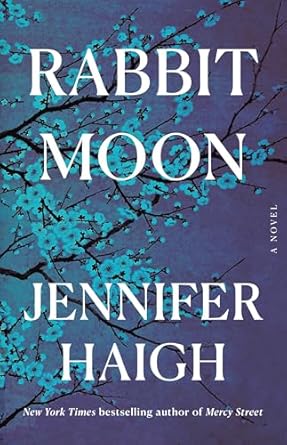

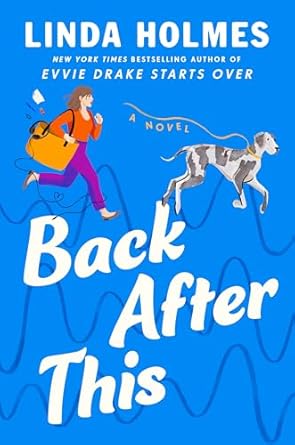
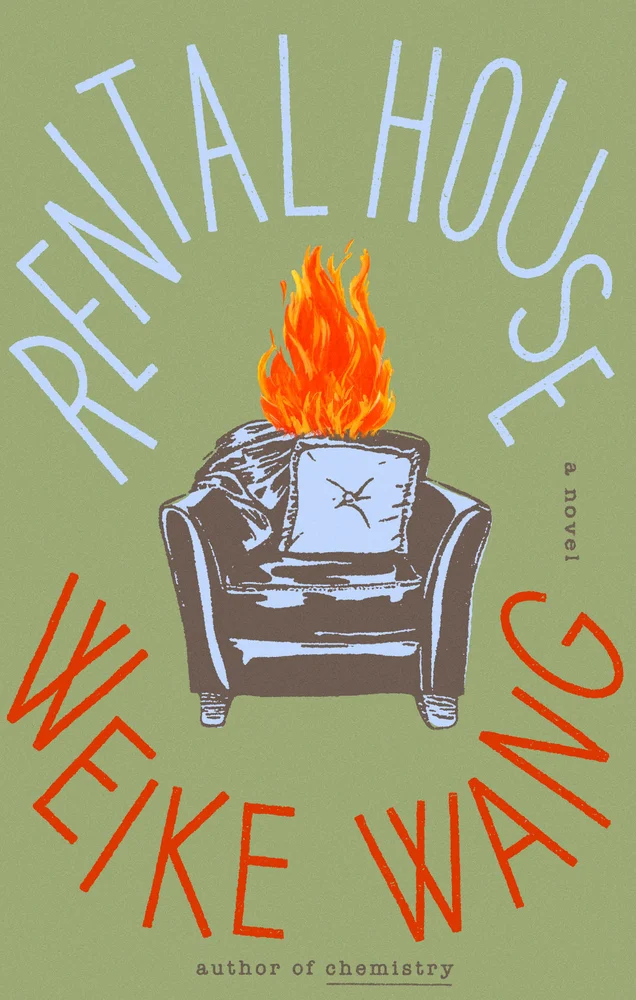
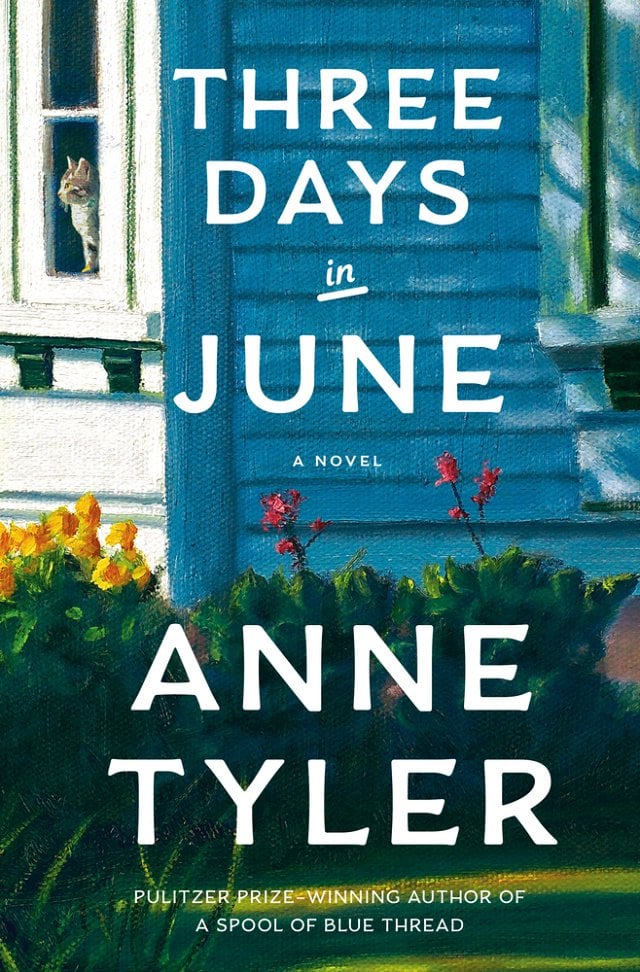


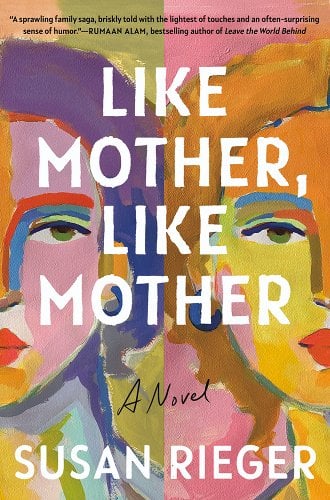
About Me
I have been blogging about books here at Everyday I Write the Book since 2006. I love to read, and I love to talk about books and what other people are reading.